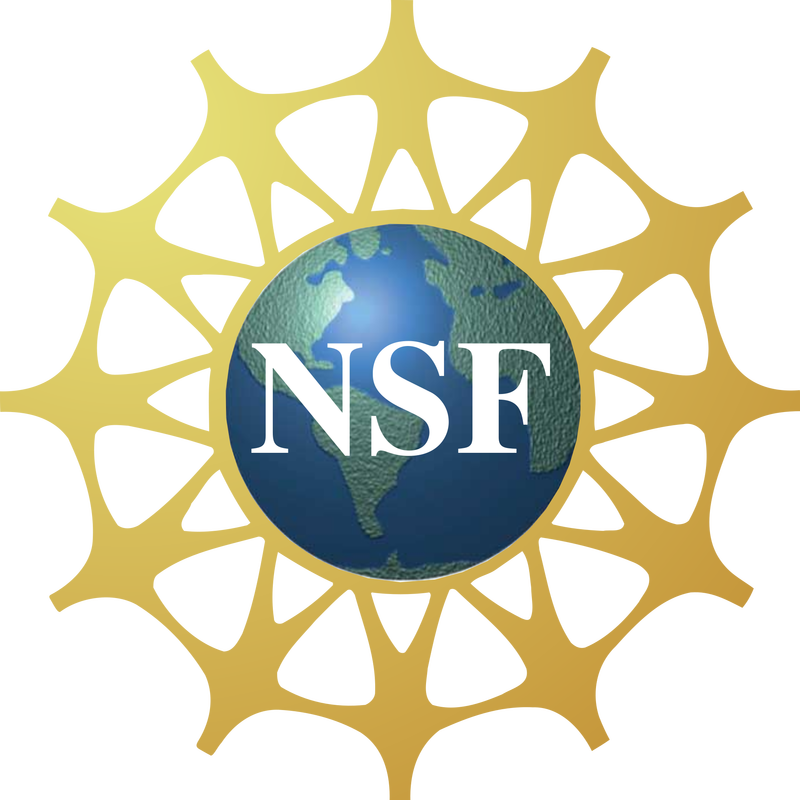Publications from the CAP Network
- Pearson KD, Love NR, Ramirez Parada T, Mazer SJ, Yost JM. 2021. Phenological trends in the California poppy (Eschscholzia californica): Digitized herbarium specimens reveal intraspecific variation in the sensitivity of flowering date to climate change. Madroño, 68(4):343-359.
Goëau H, Mora-Fallas A, Champ J, Love NLR, Mazer SJ, Mata-Montero E, Joly A, Bonnet P. 2020. A new fine-grained method for automated visual analysis of herbarium specimens: A case study for phenological data extraction. Applications in Plant Sciences 8(6): e11368. doi:10.1002/aps3.11368 - Pearson KD, Nelson G, Aronson MFJ, Bonnet P, Brenskelle L, Davis CC, Denny EG, Ellwood ER, Goëau H, Heberling JM, Joly A, Lorieul T, Mazer SJ, Meineke EK, Stucky BJ, Sweeney P, White AE, Soltis PS. 2020. Machine learning using digitized herbarium specimens to advance phenological research. BioScience. 70(7):610-620. doi:10.1093/biosci/biaa044
- Love NLR, Park IW, Mazer SJ. 2019. A new phenological metric for use in pheno‐climatic models: A case study using herbarium specimens of Streptanthus tortuosus. Applications in Plant Sciences 7(7): e11276. doi:10.1002/aps3.11276
- Yost JM, Pearson KD, Alexander J, Gilbert E, et al. 2019. The California Phenology Collections Network: Using digital images to investigate phenological change in a biodiversity hotspot. Madroño. 66(4):130-141. doi:10.3120/0024-9637-66.4.130
- Lorieul T, Pearson KD, Ellwood ER, Goëau H, Molino J-F, Sweeney PW, Yost JM, Sachs J, Mata-Montero E, Nelson G, Soltis PS, Bonnet P, Joly A. 2019. Toward a large-scale and deep phenological stage annotation of herbarium specimens: case studies from temperate, tropical, and equatorial floras. Applications in Plant Sciences. 7(3):e1233. doi:10.1002/aps3.1233
- Alexander, Jason A. 2019. Upcoming changes in the Consortium of California Herbaria, Madroño, 66(1), 37-38. doi:10.3120/0024-9637-66.1.37
Other research from the CAP Network
- Wells M [undergraduate], Wilson, P. 2019. Phenological comparisons of five species of Boechera and the relationship of flowering to climate. California State University, Northridge.
